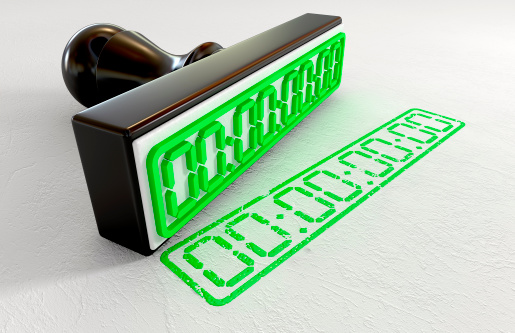There are a couple of factors that go into improving oral history transcript quality. Besides language, typing skills, speed, use of online research tools, time stamping as a digital transcription tool, adds value to transcripts.
Wikipedia defines timestamps as a sequence of characters denoting the date/time which a certain event occurred. Timestamps is the time when an event is recorded by a computer, not the time of the event itself. Accuracy of timestamp placing on a transcript is encouraged. It involves inserting markers to show time into the transcript to show where the transcribed text is in the audio.
Based on the oral historians’ use of the timestamps, they are inserted at consistent intervals in the [00:00:00] or [HH:MM:SS] format where HH stands for hours, MM stands for minutes, and SS stands for seconds from when the audio started.

Types of Timestamps.
There are a number of timestamps that can be used in a transcript. Below are a few forms timestamps can take.
Periodic Timestamps
These are timestamps placed at specific time intervals such as after 30 seconds, 1 minute, 5 minutes, 30 minutes etc
Paragraph Timestamps
As the name suggests, these timestamps are placed at the start or end of each paragraph.
Sentence Timestamps
These are a bit much for a transcript and tedious to transcribers. They are placed at the beginning of each sentence.
Speaker Timestamps.
These are timestamps placed when speakers change.
Inaudible Timestamps
These are used to indicate when an audio cannot be understood or lacks clarity. They look something like this [inaudible 00:00:00] Sometimes a phonetic word is used instead of an inaudible, which is a word that the transcriber thought they heard but aren’t too sure about it. For example the words Hurt and Heart may sound the same to some while transcribing an audio. One may not be too sure which word was used in the audio. To show you aren’t sure of the transcribed word, an inaudible timestamp is used. So the word you think you hear is inserted in brackets followed by a timestamp. Eg [Hurt 00:00:00] or [Heart 00:00:00]
Benefits of Timestamps.
Timestamps help find blocks of information that otherwise would be difficult to find in a transcribed document without timestamps.
They also ensure accurately transcribed audio and video recording as per client requirements as review will be made easier.
With inaudible timestamps, the owner of the transcript can have a quick scan through the documents to identify where the inaudibles are and clear them.
With speaker timestamps it’s easier to identify when speakers begin to speak and when they end speaking. So, it comes in handy when one is trying to find when a speaker spoke.
Timestamps also allow one to effortlessly identify which part of the audio corresponds to which specific segment of texts.
Timestamps can also be useful for references. For someone doing research, when making a reference to a specific context in a text, with timestamps it is easy to make direct links with timestamps from the original transcript.
Explore our blog post to gain insights into the current discussion surrounding Institutional Review Board (IRB) approval for oral history research.
Should you, as an oral historian, require special timestamps within your transcripts, or desire further elucidation on any aspect of this blog post, please do not hesitate to reach out to us and remember to always be kind, try to stay positive and learn to unwind.
